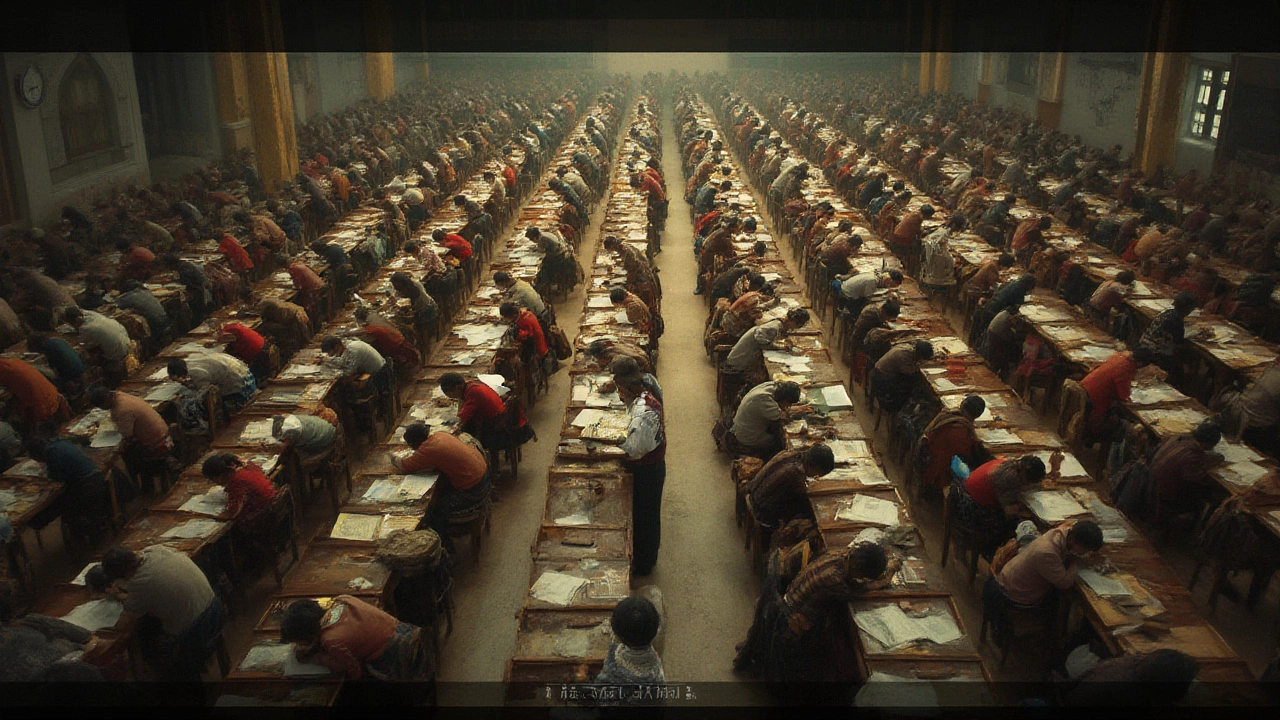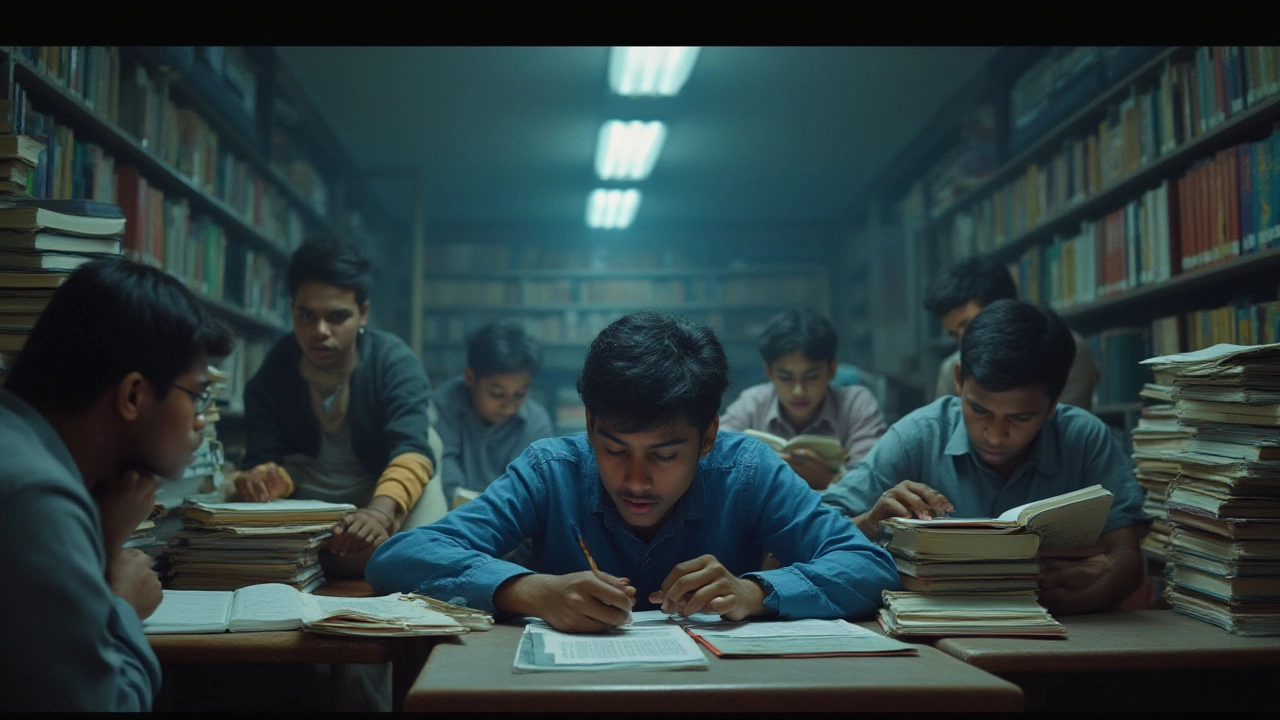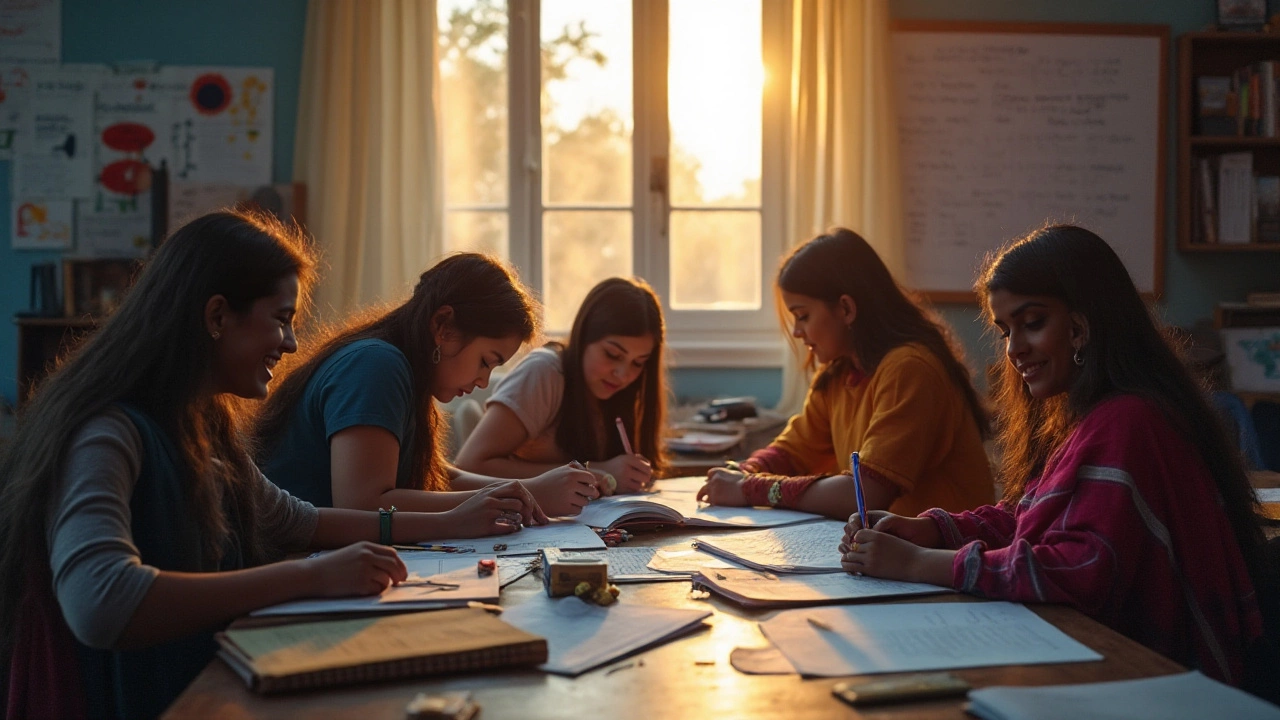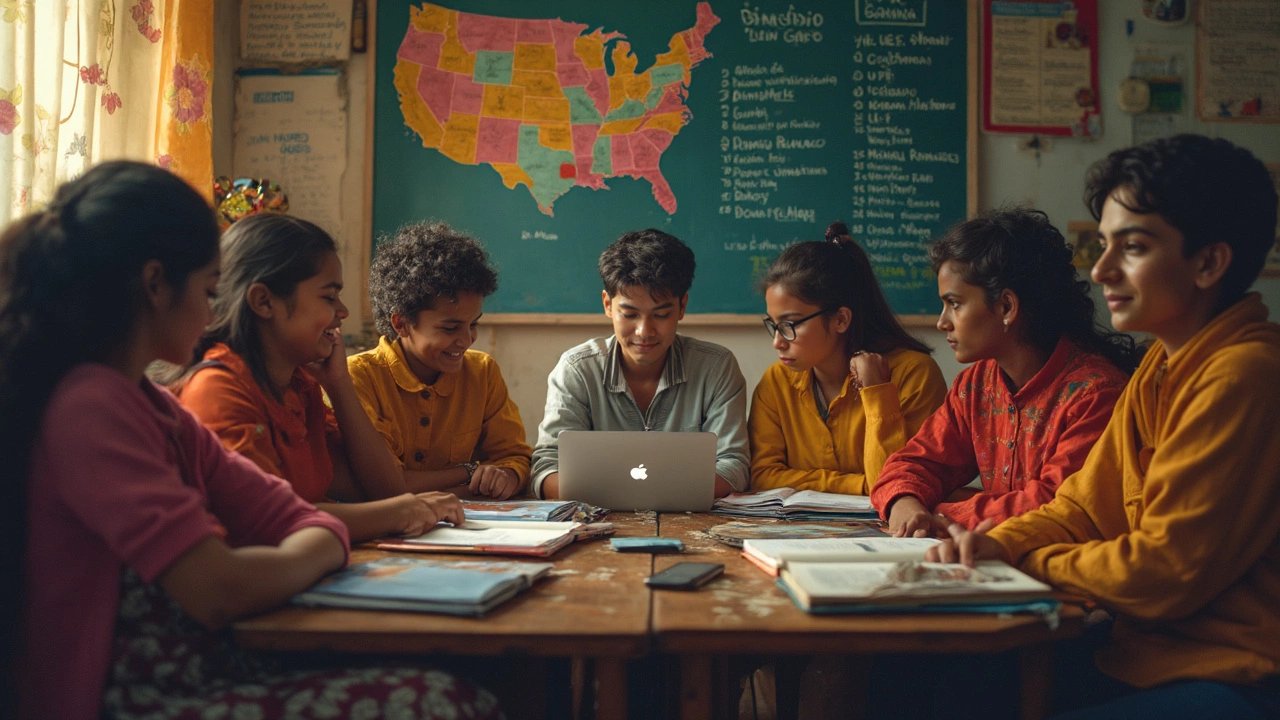If you think final exams are rough, try facing a test so brutal that it can decide the entire course of your life—and everyone around you knows it. Millions of teenagers buckle under this pressure every year, but only a fraction make the cut. Some people faint during the test. Others train for it like Olympic athletes, putting in twelve-hour study marathons for months, or even years, all for a shot at a better future. The world’s most stressful exam isn’t just a rumor: there is clear evidence, horror stories, and statistics to prove it.
Meet Gaokao: China’s National College Entrance Exam
If you ask students or education experts, there’s usually one name that rises to the top of the “most stressful exam” debate: the Gaokao. Officially known as the National Higher Education Entrance Examination, it’s China’s annual showdown where over 12 million students battle for precious spots in Chinese universities. The numbers are staggering, but the real story is in the way the Gaokao brutally shapes everyday life—not just for students, but for their families too.
The Gaokao is held every June, a time when cities across China mute traffic, ban parties near schools, and even redirect flights to stop noise. Parents camp outside exam halls bringing snacks, lucky charms, and sometimes even oxygen tanks in case their kids get faint. In most places, you get a single shot at the Gaokao each year, and your score is the most important factor for entering university. It’s not just about getting in: a top score can open doors to China’s most elite “C9 League” universities, which then lead to the best jobs and highest social status. The stakes could not be higher—your future is on the line.
This is not like the SAT in the United States or A-levels in the UK, where you can try again with little fuss. Mess up on the Gaokao and, for many, your dreams of university vanish for a full year or possibly forever. That weight has led to reports of extreme stress, anxiety, and a culture where test scores often take priority over creativity, hobbies, or even health.
The Numbers Behind the Pressure
The intensity of the Gaokao comes out in the numbers. In 2024, 12.9 million students signed up—more than the entire population of Belgium. Out of those, only about 20% will get into China’s top universities. The average length of preparation? Most students start seriously prepping at least two years in advance, often spending 10-14 hours per day studying in their final year. Some schools even provide three meals a day and beds so students rarely have to leave.
A 2023 survey from Peking University’s Educational Science Research Center showed that 89% of Gaokao candidates reported “high” or “very high” levels of stress in the last few months before the exam. About 32% had trouble sleeping, and nearly a quarter described symptoms of depression or hopelessness. There are support hotlines dedicated specifically to Gaokao students—and yes, calls surge to these lines every June.
The exam itself covers a wide range of subjects: Chinese, mathematics, and a foreign language are mandatory, with other options in sciences or humanities. The test takes two full days, with some specialized provinces stretching the process further. Here’s a breakdown of the basic Gaokao structure:
| Exam Component | Duration | Score Weight |
|---|---|---|
| Chinese Language | 2 hours | 25% |
| Mathematics | 2 hours | 25% |
| Foreign Language | 2 hours | 25% |
| Science/Humanities | 2-3 hours | 25% |
This format is grueling. Most candidates don’t leave their seats for hours, which can lead to both physical and mental exhaustion. And if you’re wondering—yes, cheating is a huge deal. There are metal detectors, fingerprint scans, and cameras in the rooms.

The Culture of Gaokao: Why the Pressure Is So Intense
The Gaokao isn’t just a test—it’s a milestone loaded with cultural meaning. In China, education is the main ladder to success because other ways to climb the social ladder are often closed off. Families make huge sacrifices—some parents quit their jobs so their child can focus, or move to cities with better schools. For many families, the year before the Gaokao becomes a sort of suspended life: dinner conversations, vacations, even hobbies disappear, all replaced by a single obsession. Test prep companies spring up everywhere, and a whole industry thrives on this annual ritual.
Let’s talk money for a second. Spending on private tutoring before the Gaokao is estimated at over $50 billion per year across China. A single tutoring session at a popular center in Beijing can cost $80 or more, and many students take two to four sessions per week. You’d think it’s all academics, but there are also counselors specialized in stress management, “Gaokao nannies,” and even certified sleep coaches.
There are stories about students memorizing entire textbooks—or writing practice essays daily for months. For many, test day starts with strict rituals: special breakfasts, lucky clothes, and group pep rallies. Youth hostels around campuses fill with families who’ve traveled hundreds of miles. The message is clear: don’t screw this up. Your effort = your outcome.
This “all or nothing” mentality spreads to teachers, too. In some regions, teachers’ own bonuses depend on their students’ Gaokao results. The result? Cramming and memorization dominate over critical thinking or creativity. Students rarely complain openly, because falling behind feels like failure—not just for themselves, but for the whole family.
Survival Strategies: Tips From Students Who’ve Been There
Surviving the Gaokao takes more than just book knowledge. Students who made it through (some even thriving) share a mix of hard-earned wisdom and hacks.
- Consistency over intensity: Instead of burning out on marathon study sessions, keep a stable routine. Most top scorers follow strict schedules balancing school and self-study, with short breaks every hour to stay sharp.
- Mock exams every weekend: Practice tests under real-time conditions train the body and mind. They also help spot weaknesses early, so students can adjust before the main event.
- Healthy fuel: On the run-up to the exam, many families pay more attention to nutrition than at any point before. Popular choices include eggs, porridge, and soymilk—foods believed to boost brainpower and stay easy on the stomach.
- Pace your sleep: Pulling all-nighters sounds brave, but research shows memory and focus tank after just one night of sleep loss. Students who slept 7-8 hours per night scored higher on average than those who cut back to cram more.
- Mental health matters: A new wave of younger students has started using mindfulness apps or counseling to manage stress. One Beijing student, Liu Wei, credits his daily 10-minute breathing exercises for helping him avoid panic during the exam.
- Back-up plans: Not everyone wins. Setting realistic goals—and having a Plan B, like vocational school or regional colleges—helps reduce paralyzing fear of failure.
Some schools even invest in campus therapy dogs or “stress-free zones” filled with plants and relaxing music. A few local governments host ‘Gaokao blessing’ ceremonies or offer free transportation for exam-takers. It’s not just hype: according to a 2022 study by Tsinghua University, students using structured stress management techniques saw anxiety scores drop by as much as 30% over a single year.
The last tip from successful Gaokao veterans? Keep things in perspective. While the test can open doors, it doesn’t define intelligence, talent, grit, or future happiness. Plenty of students who didn’t ace the exam find success in other ways—but when you’re sitting in that room, with 40 million parents and teachers holding their breath, the pressure feels totally real.
The Gaokao is a symbol, not just a test. It’s massive, stressful, and sometimes overwhelming. But behind every stat and headline, there’s a student hoping their years of late nights and sacrifices will finally pay off. That moment, more than any question or essay, is what makes the Gaokao the most stressful exam in the world—and the reason it’s not likely to change anytime soon.



